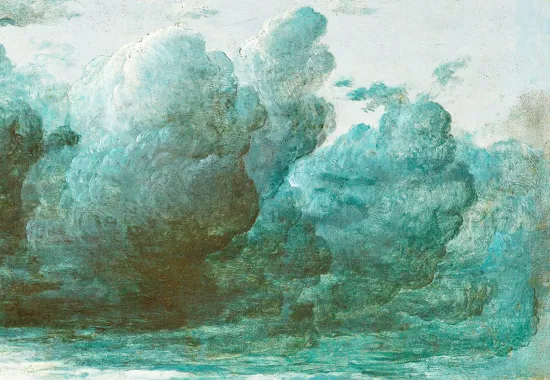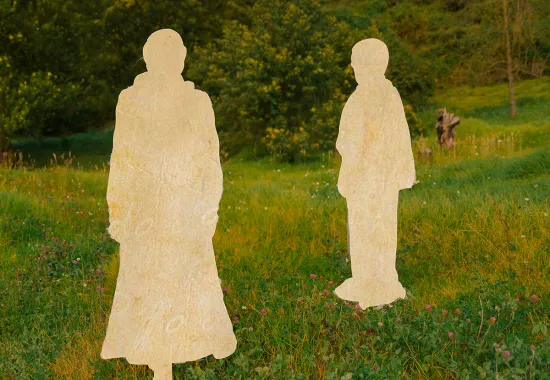Wolf Lichen
On mushrooms at Crater Lake,
you crawled over volcanic boulders
and found it profoundly strange
that humans put writing on T—shirts.
It had been a hard summer.
Your mother’s illness had taken a turn.
Wolf lichen metastasized in tufts
on old growth conifers. Their color—
an alien yellow—green between
chartreuse and reflective safety vest—
made you cry. You plucked a tuft,
tucked it into your overalls,
and returned to the city where
you slept with it on your nightstand.
Years before, we had backpacked
in the snow—capped Wallowas
with two rented llamas
who nobly carried our gear
in scale—balanced panniers
one mile for each year
our child had been alive.
I noticed, around year five,
a fallen tuft of wolf lichen
on white granite. I captured it
with a photo we later printed
on a transparency and illuminated
with a vintage x—ray light box
we’d found at a rummage sale.
Wolf lichen glowed by our sofa
through whiskey and forgettable
episodes of TV, months of virus
and violence, its backlit tendrils
branching like neural dendrites
where insight and sadness take shape.
Now, end of summer, you lean down
to hug your mother in her wheelchair
then stow your lichen, a talisman
to astonish, not signify, on the dash
for the road trip back to the Midwest.
Driving a byway in Idaho
in a forest where wolf lichen thrives,
just as we’re growing accustomed
to this new motif in our lives,
we discover its name is derived
from a practice in which ranchers
ground the toxic lichen into powder
and rubbed it into reindeer carcasses
to poison encroaching wolves.
Recommended
Psychic Numbing
Intimate Cartography
A Partial Accounting






